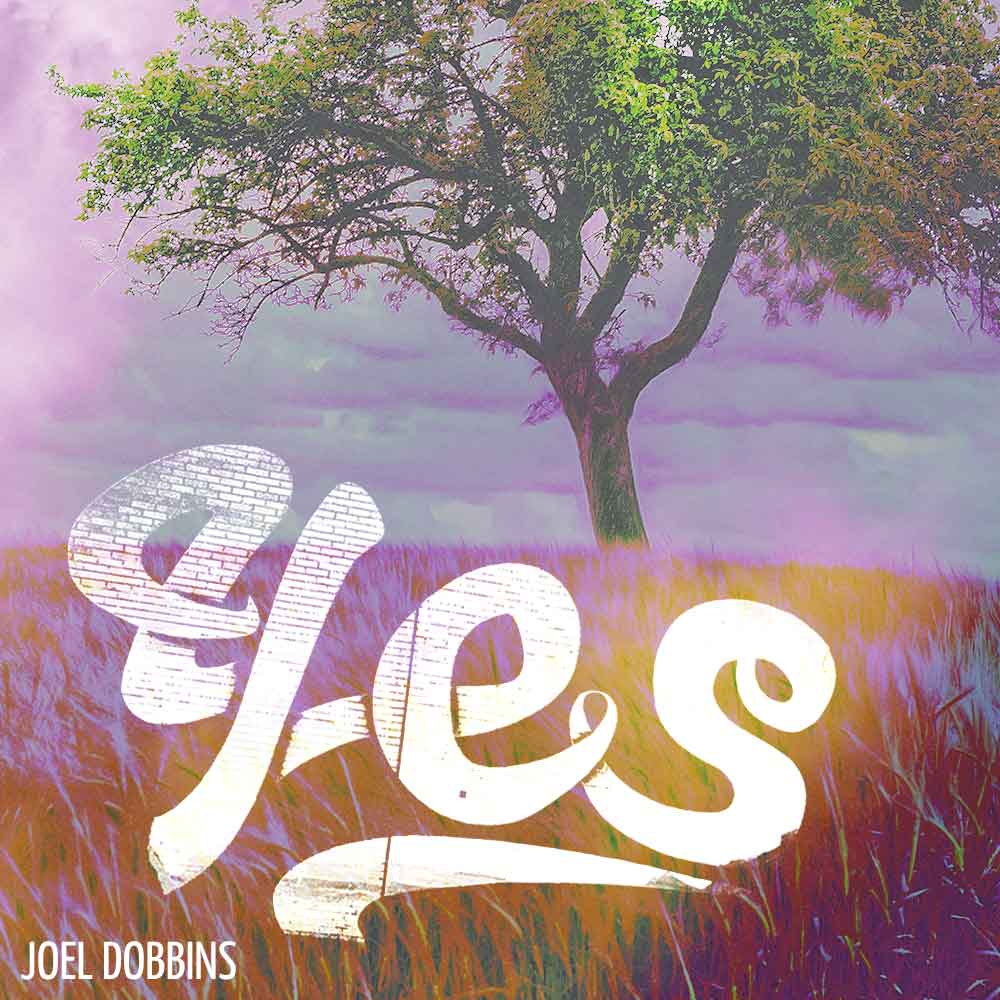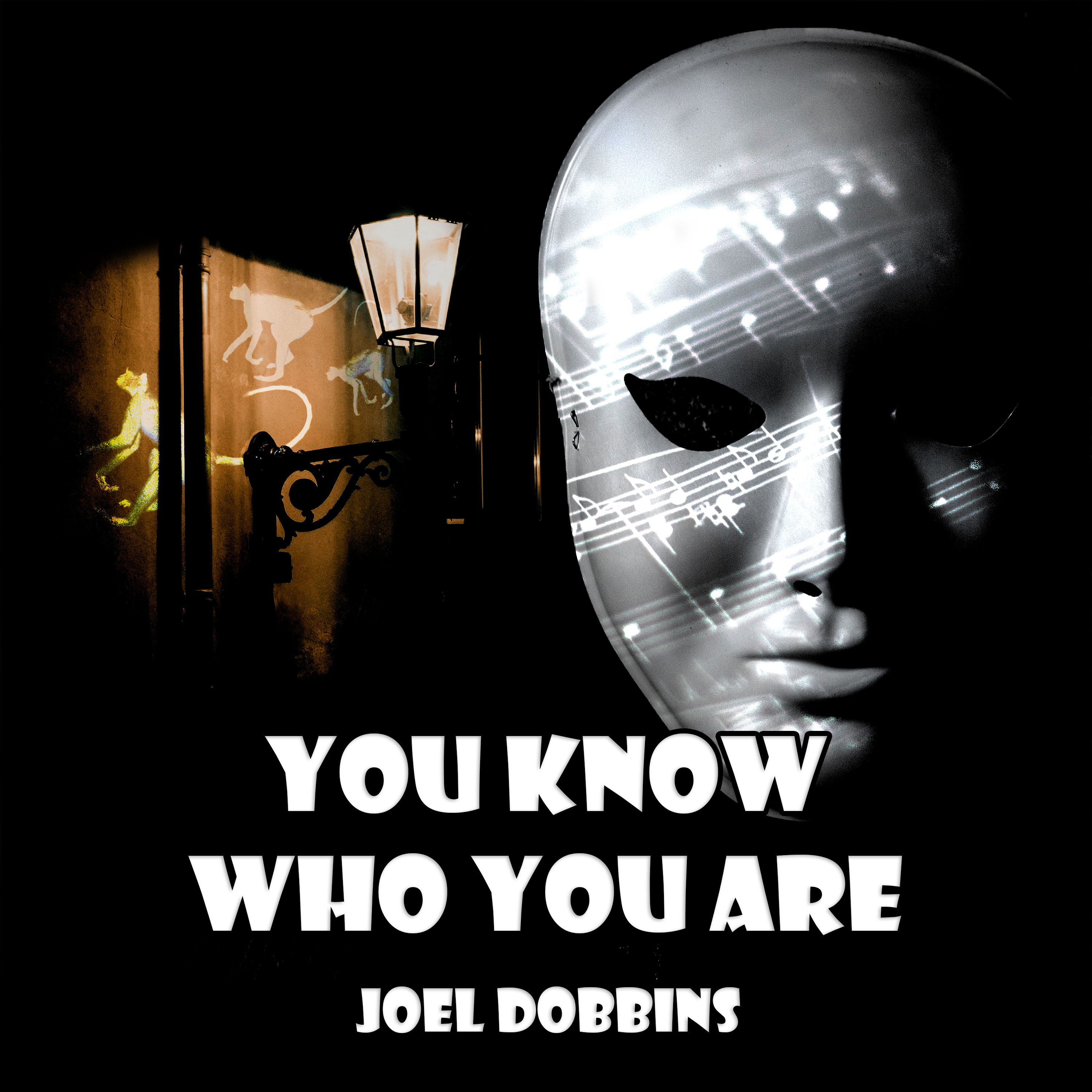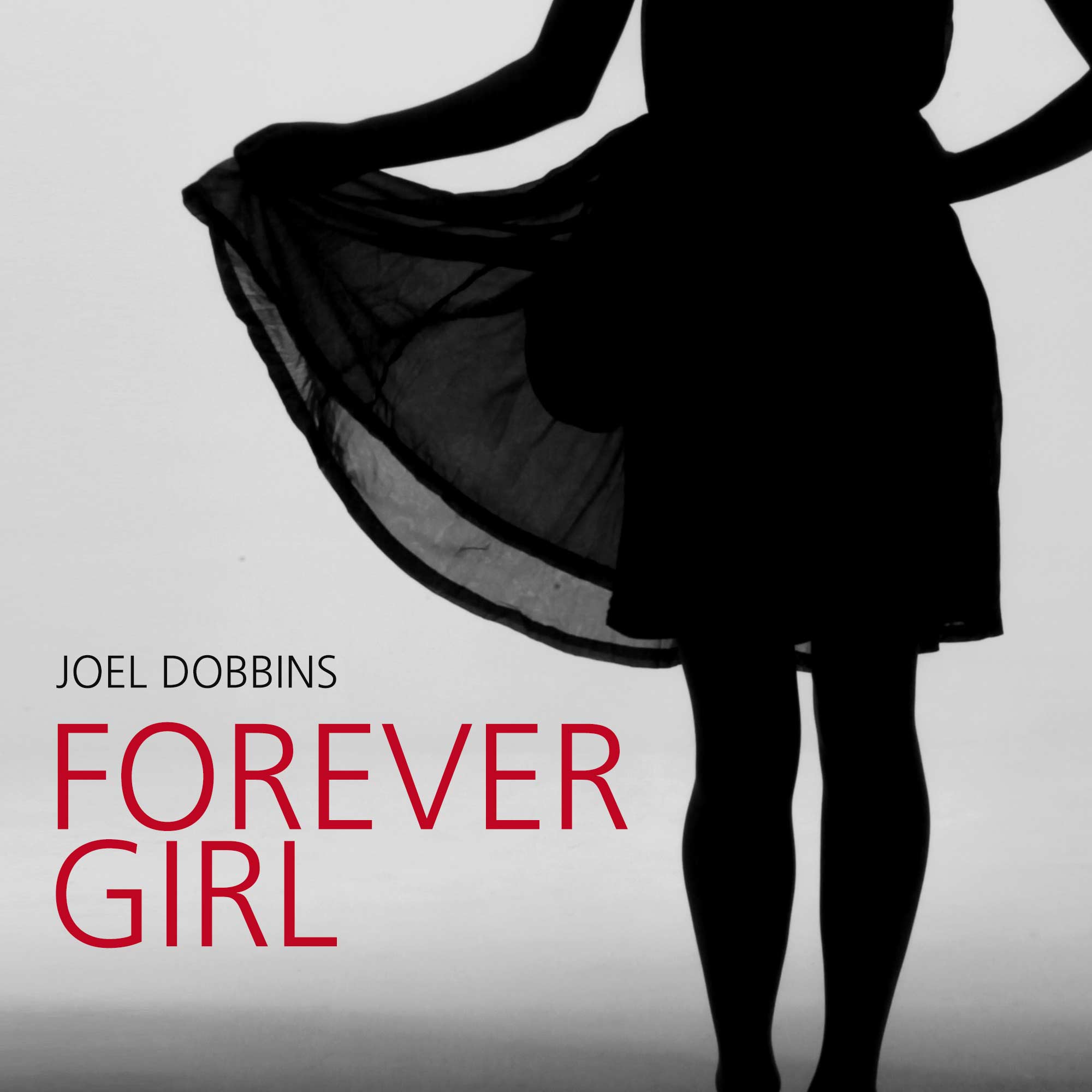
Yes Joel Dobbins
"Yes" was to become a second in series of "rockdown" albums, as Paul McCartney described a COVID-19 lockdown recorded album, quickly following up Joel's "Freedom" album. With all the extra time at home under lockdown, Joel had a lot more time to dig up a variety of older unfinished music projects that he'd unintentionally shelved and forgotten about. This ultimately led towards the making of a more multifaceted - almost like a compilation feel - sounding album, also including a whole bunch of new songs as well. Making such an unconventional album was perhaps influenced by the craziness caused by the pandemic the world was facing at the time. This was primarily achieved by layering brand new recordings on top of old recordings which were recorded from as far back as 2008. As musicians change over time, it was like as if Joel was playing with other musicians other than himself as the Joel from 2008 had a much different style having a completely different set of influences at the time. All vocals were newly recorded using the Rode NT1-A which marked the first solo release to only feature this higher quality microphone. Joel consciously was after a more precise vocal sound in this album too, striving to make the overdubs much closer and in sync with each other. A less bass-heavy drum sound was selected for his MIDI recorded drums too so you could much more easily distinguish the melody in the bass lines. The song "Malavy" was recorded using the Rode NT1-A microphone and was the first song to consciously use a larger range in dynamics, starting quietly and with minimal vocals and eventually vamping up to a climax. The song order was experimental too, instead of having the best songs at the start it's almost a complete randomisation. Further experimentation was done with unusual song structures and use of instrumentals such as with "Too Happy For Your Liking". The end of the "Freedom" album ended with sound similar to that played in movie when someone is recalling a memory back in time. This is a clue for the "Yes" album as a successor as this is a bid to the past featuring some unreleased recordings back in time.
Read moreSongs:
| 1 | 3:52Renegade, No |
| 2 | 2:49Hey There Little Lady |
| 3 | 2:52Fooling With Love |
| 4 | 2:34Too Happy For Your Liking |
| 5 | 4:52Malavy |
| 6 | 2:54Come Back To Me Darling |
| 7 | 3:27One Day I Hope It's Me |
| 8 | 3:03Three Magic Letters |
YouTube:
Equipment:
Apple Macbook Pro 15 inch 2015HP Pavilion A1240A Desktop PC
Logic Pro X 10.4.7 Rode NT1-A Condenser Microphone Focusrite Scarlett Solo (2nd Gen) Audio Interface Boss ME-50 Guitar Multi Effects Pedal Zoom 505II Guitar Compact Effects Pedal

Undefeated.jpg?v=d50a43c2eefe8248ae5a5cca0ce4f4b2)
